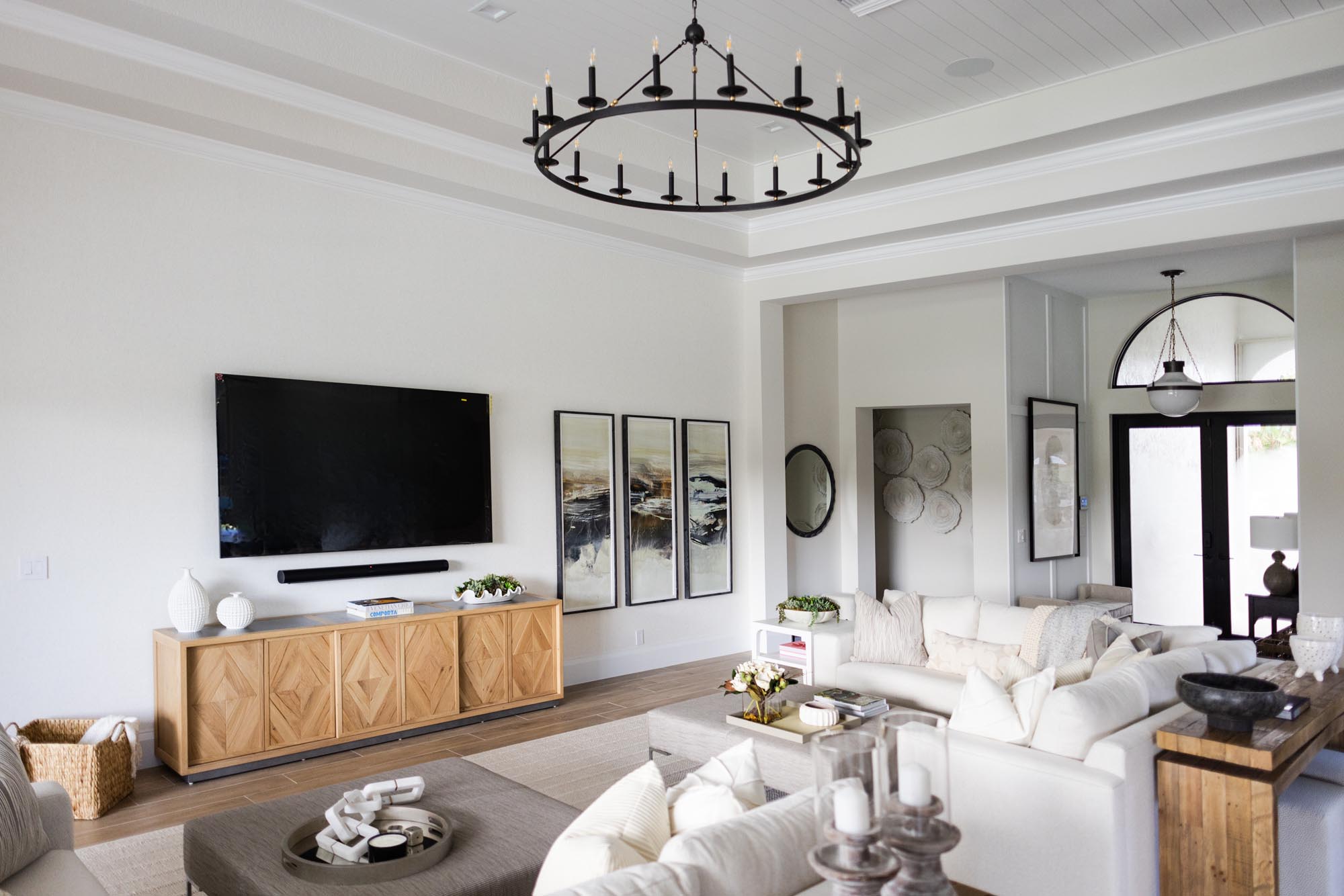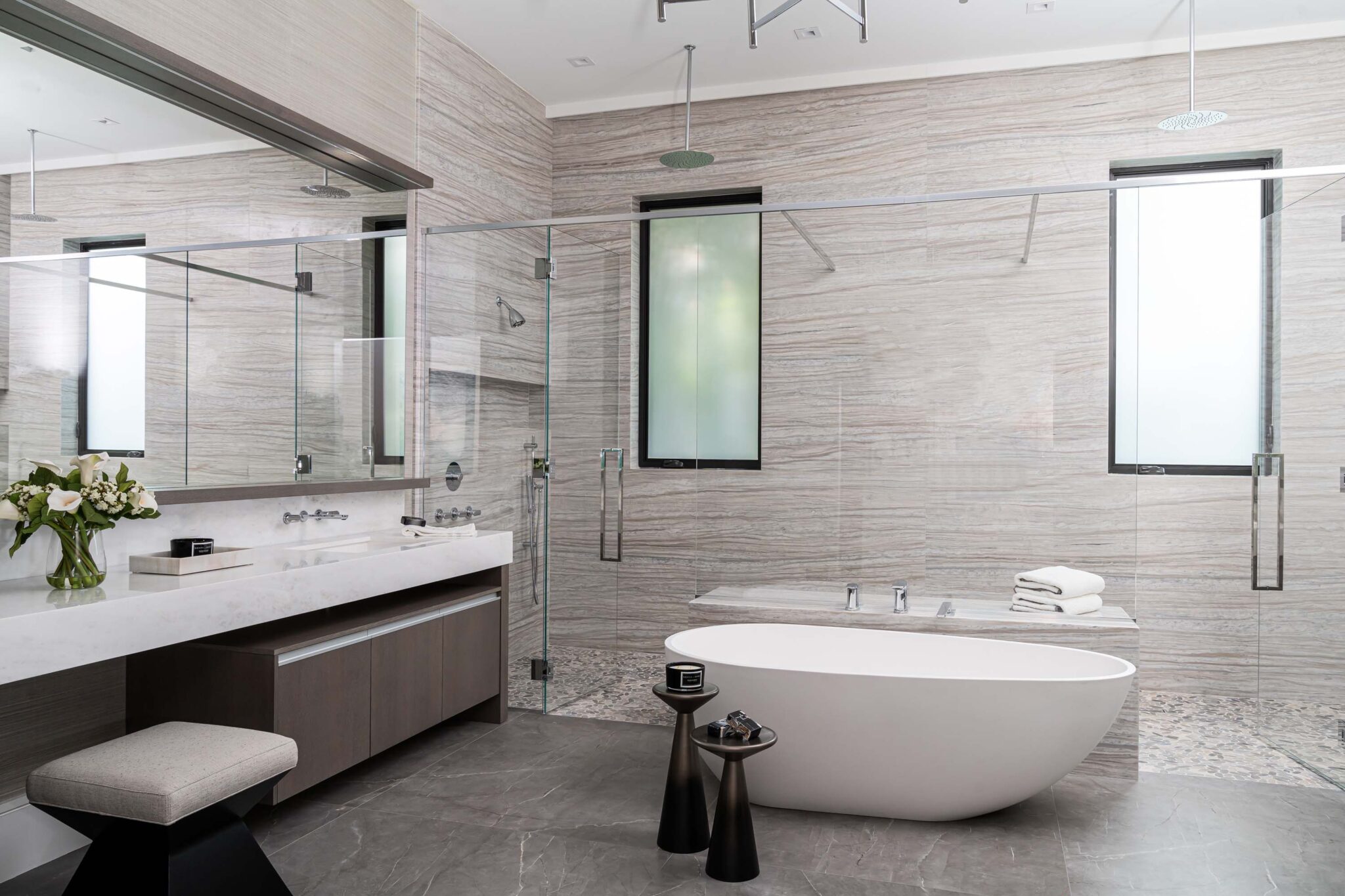3 Interesting Facts About Interior Design
Did you know that the first interior decorator in the country was born in 1865?
Elsie de Wolfe is widely regarded as the first professional interior designer and a pioneer in the field. Her innovative ideas and contributions played a pivotal role in shaping the modern profession of interior design. Elsie de Wolfe’s design philosophy was centered around creating interiors that were not only aesthetically pleasing but also reflected the personality and lifestyle of the occupants. She believed that homes should be comfortable, functional, and tailored to the needs and tastes of the individuals living in them. In 1905, Elsie achieved widespread recognition with her redesign of the Colony Club in New York City. This exclusive women’s social club had a significant impact as it marked one of the first times a woman had been commissioned for such a prestigious project. Her fresh and unconventional approach to design, which included light colors, comfortable furniture, and an emphasis on individuality, challenged the prevailing norms of the time.

Interior design by KRISTA + HOME, Photo by Eve Greendale
For the past 10 years, Benjamin Moore’s White Dove OC-17 has been the most popular white paint color.
Benjamin Moore’s White Dove OC-17 is a highly popular and widely used white paint color – it is a designer’s favorite and we use it in many of our projects! It is known for its versatility and ability to complement various design styles, making it a favorite choice among homeowners and designers alike. Its warm undertones and soft, neutral appearance contribute to its widespread appeal. My personal favorite Benjamin Moore color is “Decorator’s White” CC-20.

Interior design by KRISTA + HOME, Photo by Eve Greendale
Using natural materials in your home is not just aesthetically pleasing – they last longer and are sustainable!
Many natural materials are known for their durability and longevity. For example, hardwood floors, stone countertops, and leather furniture can withstand the test of time and often improve in appearance with age, adding character to the space.
The use of natural materials aligns with sustainable design practices. Renewable resources such as bamboo, cork, and responsibly harvested wood contribute to a more eco-friendly approach. Additionally, many natural materials have lower environmental impact during production and disposal compared to some synthetic alternatives. We love using organic, natural materials and use them in our designs whenever possible.

Interior design by KRISTA + HOME, Photo by Venjhamin Reyes

